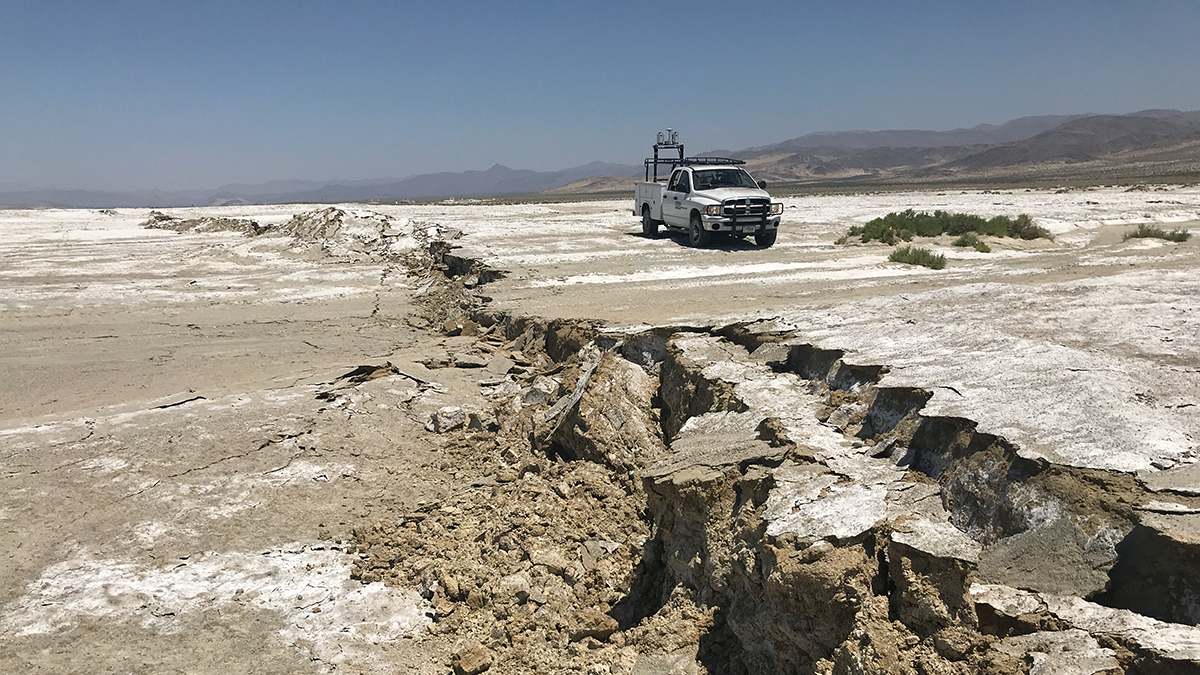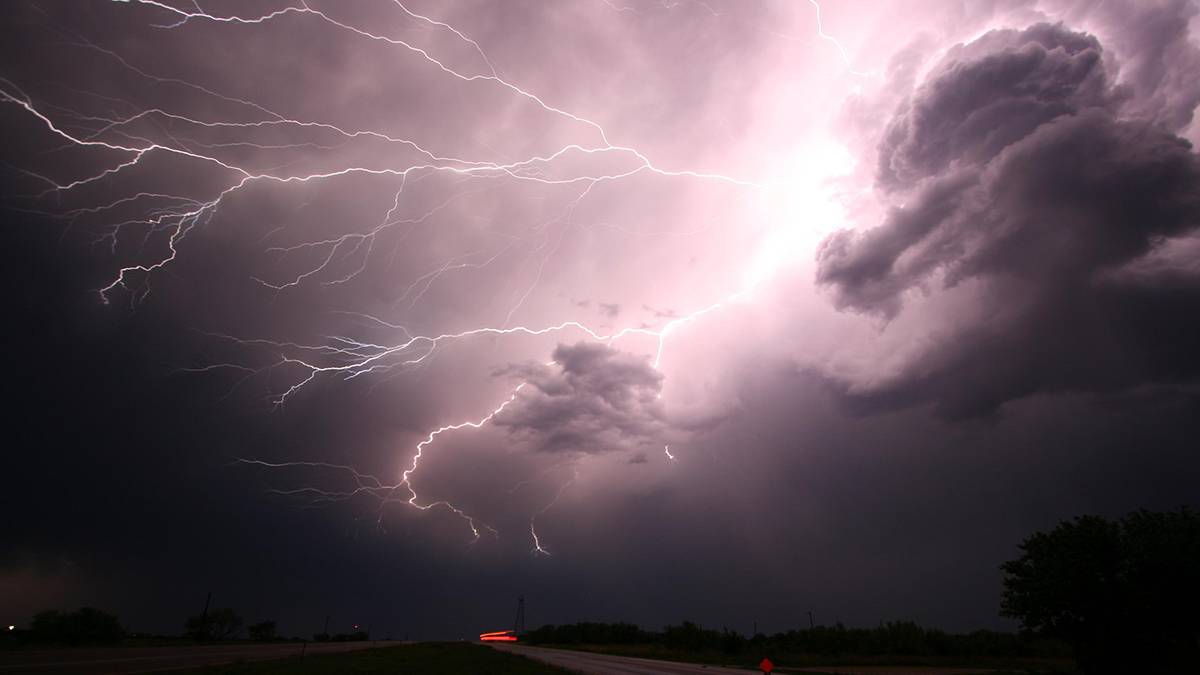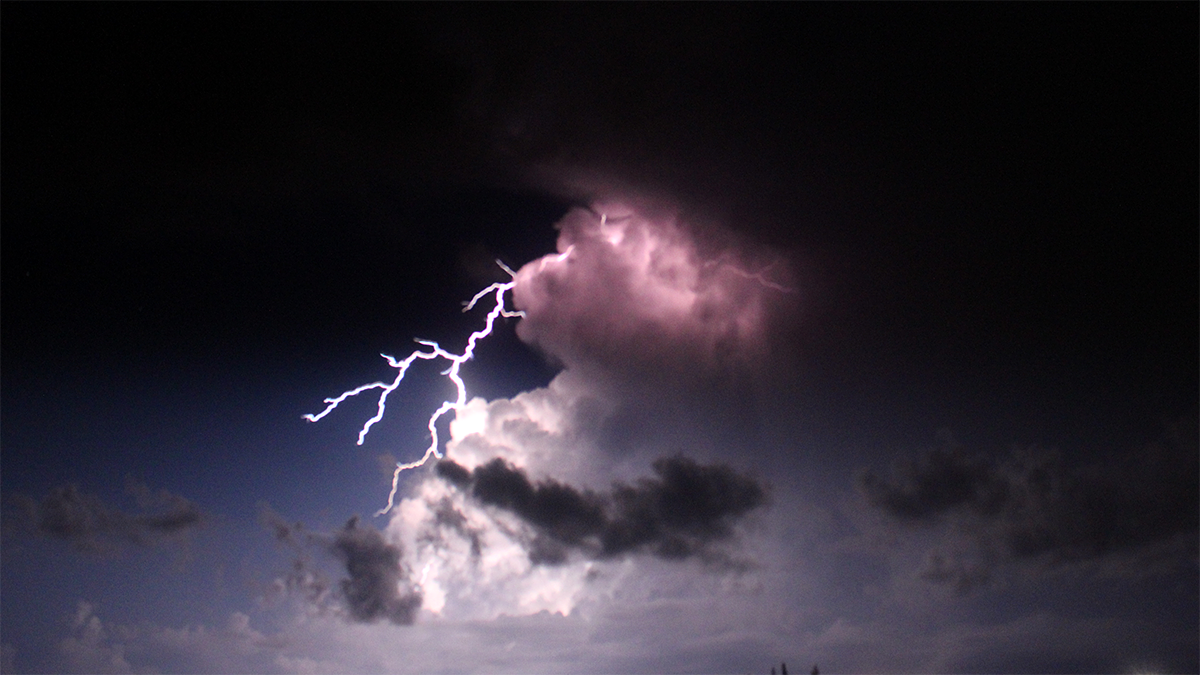New 3D imaging techniques show hidden patterns of stress that help explain how and why rocks break.
X-rays, gamma rays, and neutrinos
A New View of Gamma Rays from Thunderclouds
Observations from high-flying aircraft revealed that thunderclouds act as natural particle accelerators, emitting energetic electromagnetic radiation more often than scientists expected.
Rapid Thunderstorm Charging Produces Strong Gamma‐Ray Glows
A new study explains how thunderstorm electric fields produce strong gamma‐ray glows with oscillating gamma‐ray rates, and that these oscillations develop into intense pulse trains that closely resemble terrestrial gamma-ray flashes.
Lightning Initiating at High Altitudes May Develop Continuously
Recent radio observations reveal a new mode of initial lightning development in the form of continuous initial breakdown burst of several kilometers in length at high altitudes within thunderstorms.
Curiosity Digs Up Evidence of a Cold, Wet Martian Past
Amorphous materials, which are rarely studied on Earth, yield insights into the history of Gale Crater and the early Martian environment.
Did a Cosmic Explosion Make the Ionosphere Dance?
Researchers have linked a 2022 gamma ray burst to a disturbance in the upper atmosphere, but proving the connection highlights the problems with this kind of measurement.
Radar Diagnosis of the Thundercloud Electron Accelerator
Altitude-resolved S-band radar observations of graupel are used to decipher thunderstorm ground enhancements in surface electric field and gamma ray flux.
Chinese-Led Solar Research Is Looking Bright
With new missions underway and planned, China is stepping up to observe our nearest stellar neighbor.
How a Newly Discovered Mineral Might Explain Weird Mantle Behavior
Scientists not only synthesized davemaoite but deformed it at lower mantle conditions. They found its strength and viscosity to be substantially lower than those of other minerals that make up the lower mantle.
Observations from Space and Ground Reveal Clues About Lightning
In a coordinated monitoring effort, scientists have uncovered the timing and triggering of high-energy lightning events in the sky.










